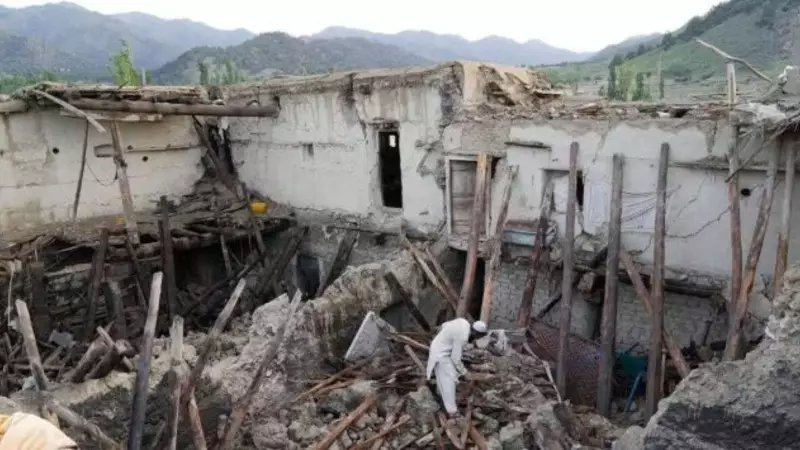
Nestled in the heart of Central Asia, Afghanistan has once again made headlines for devastating earthquakes that have claimed lives and destroyed infrastructure. But what makes this nation particularly vulnerable to such seismic events? The answer lies deep beneath the Earth's surface.
The Collision of Giants: Understanding Afghanistan's Tectonic Position
Afghanistan sits at the convergence of two massive tectonic plates: the Eurasian Plate and the Indian Plate. This geological meeting point creates one of the world's most seismically active regions. The Indian Plate continues to push northward into the Eurasian Plate at a rate of approximately 40 mm per year, building enormous pressure that must eventually release.
The Hindu Kush Mountain Range: Epicenter of Seismic Activity
The Hindu Kush mountain range, stretching across northeastern Afghanistan, serves as the primary zone for these tectonic interactions. This region experiences what geologists call "intermediate-depth earthquakes," occurring between 70 and 300 kilometers below the surface. These deep-seated tremors can be particularly destructive and are felt across vast distances.
Why Earthquakes Are So Frequent and Destructive
Several factors contribute to both the frequency and impact of earthquakes in Afghanistan:
- Multiple Fault Lines: The country is crisscrossed with numerous active fault lines, including the famous Chaman Fault system
- Continental Collision: The ongoing collision between tectonic plates generates constant seismic energy
- Building Construction: Many structures are not built to withstand significant ground shaking
- Mountainous Terrain: Steep slopes can lead to landslides during seismic events, compounding the destruction
A History Written in Tremors
Afghanistan's seismic history reveals a pattern of regular, significant earthquakes. Major events have occurred throughout the past century, with some causing thousands of casualties. The geological reality is that this activity will continue as the tectonic plates maintain their slow but relentless movement.
Understanding these geological forces is crucial for developing better building codes, early warning systems, and disaster preparedness strategies. While we cannot prevent earthquakes, knowledge of why they occur so frequently in Afghanistan can help mitigate their devastating impact on vulnerable communities.





